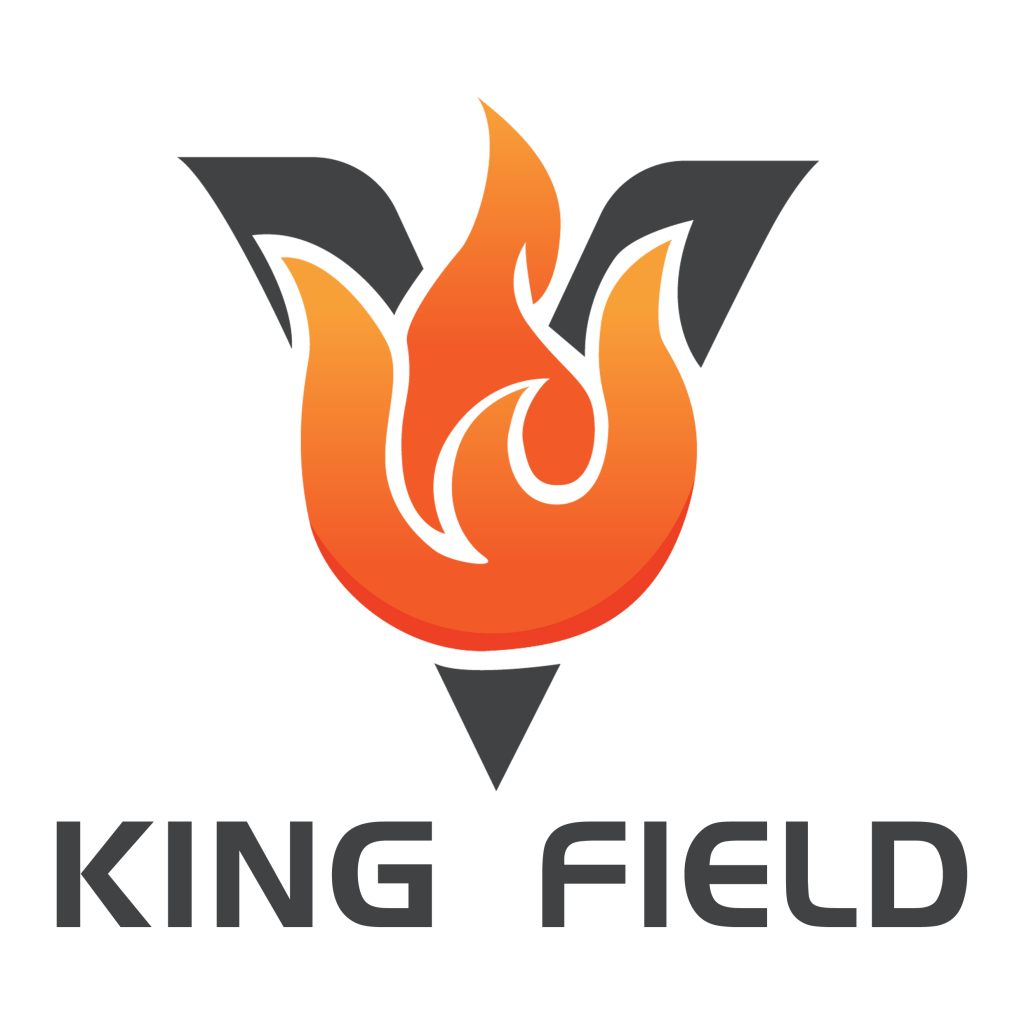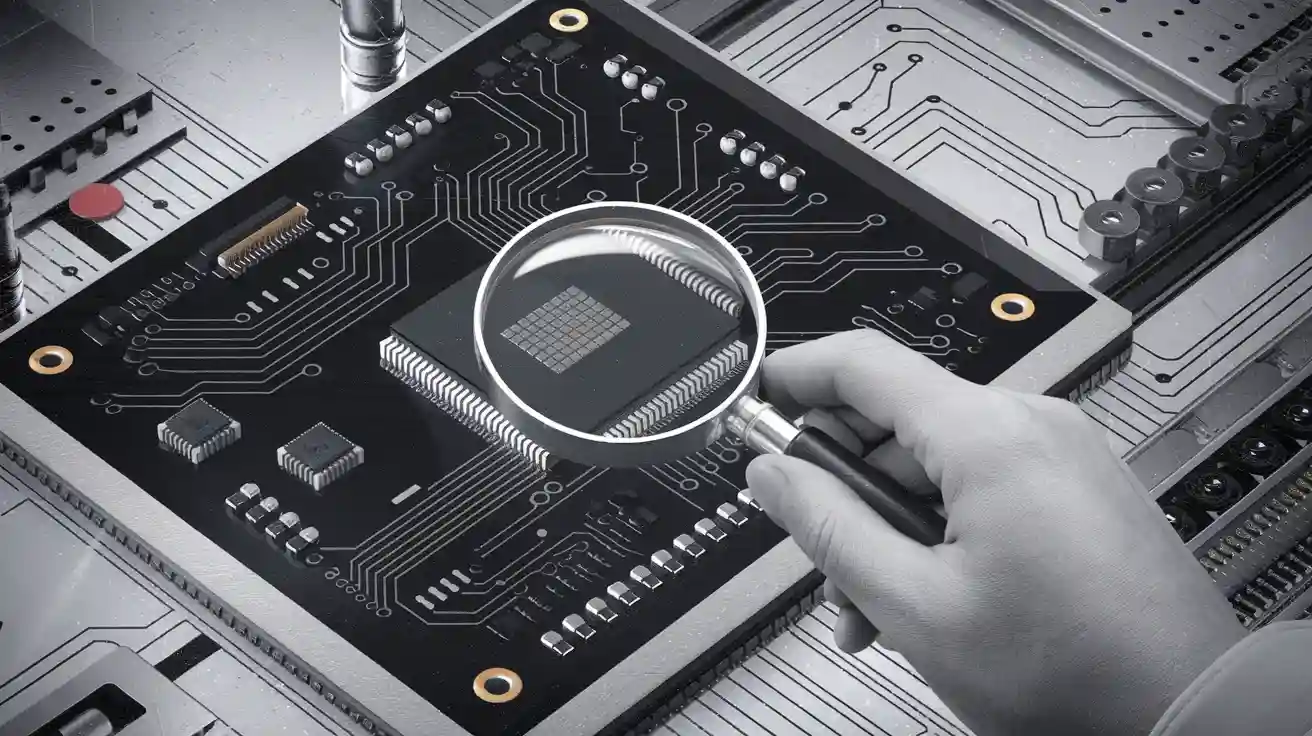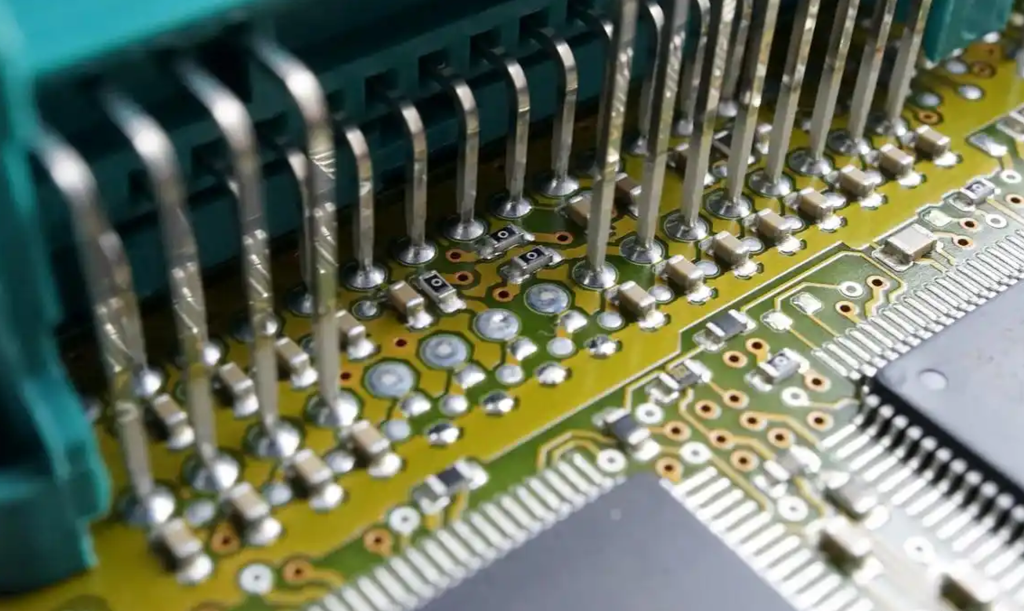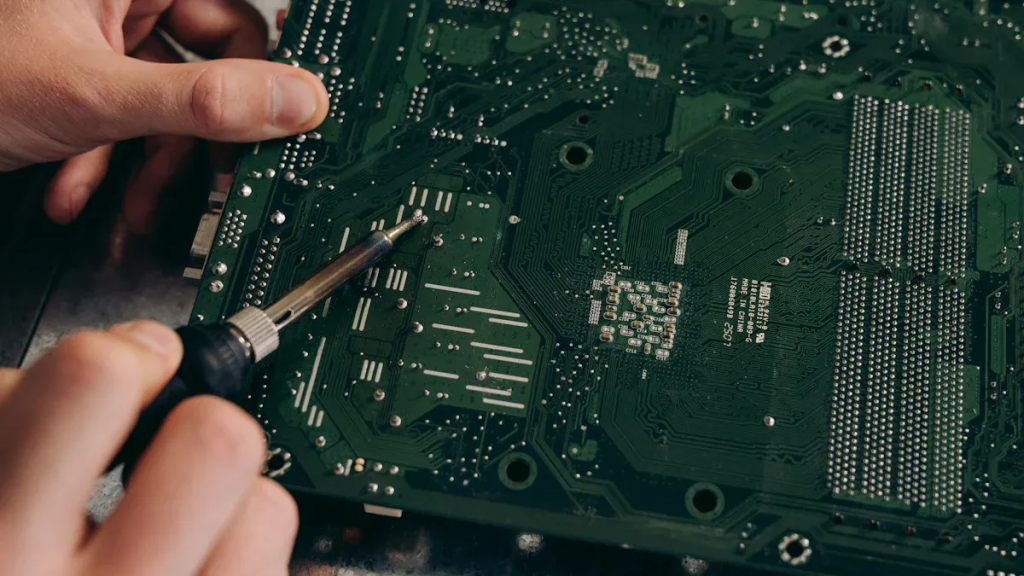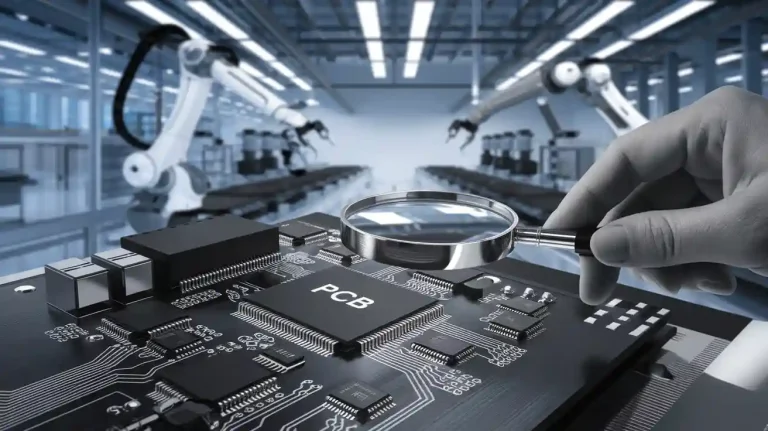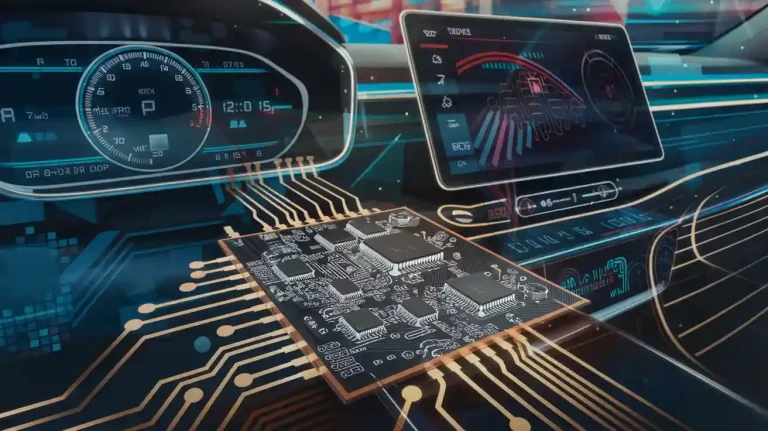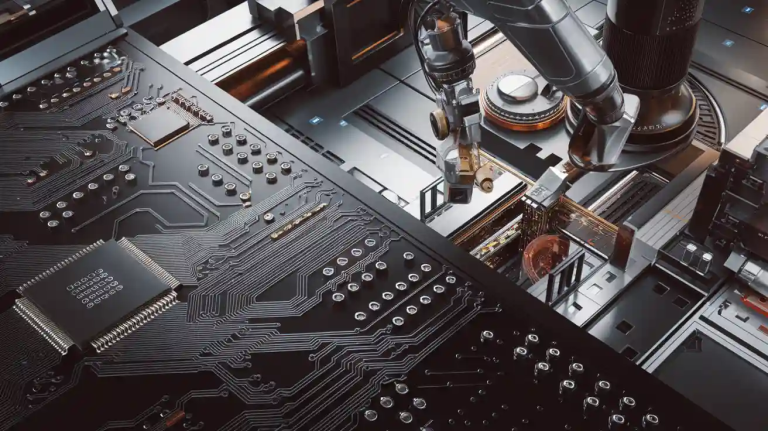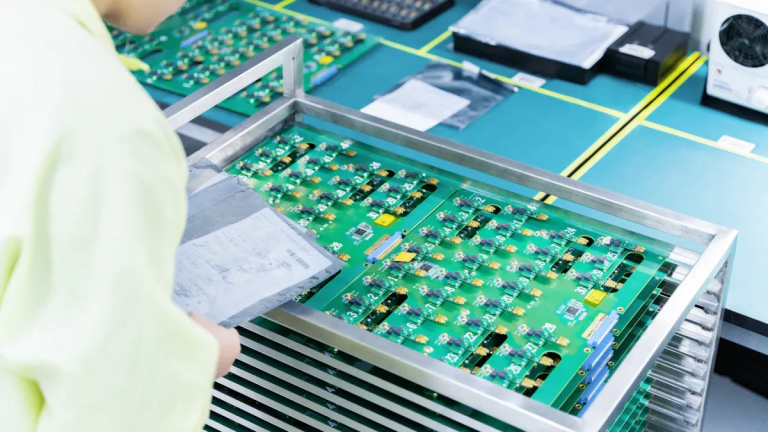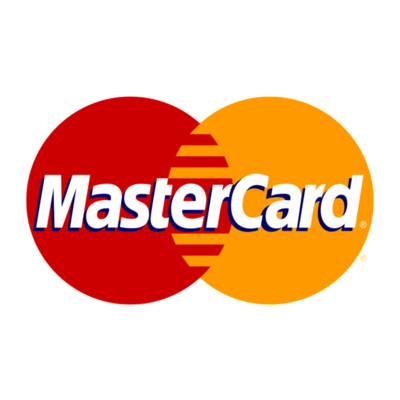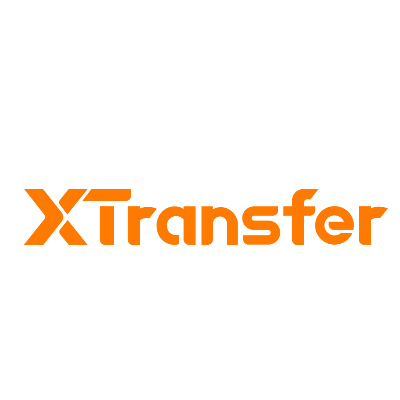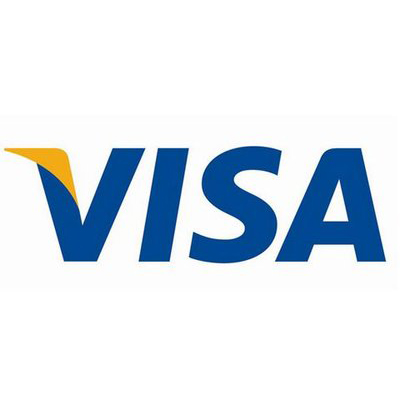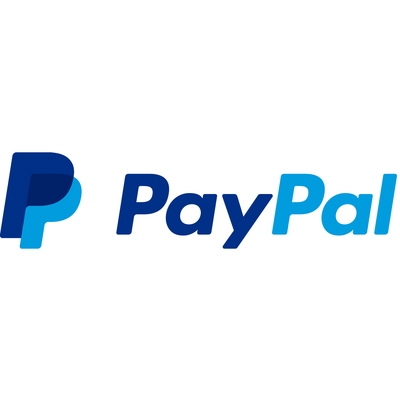Reducing costs in PCB fabrication is essential for achieving efficient production and maximizing profitability. By adopting best practices, you can significantly lower the overall cost of PCB fabrication while maintaining quality. For instance:
- Companies that implement cost-efficient strategies often reduce production costs by 10-15%.
- Optimized panelization can cut expenses by 15-40%, minimizing material waste.
- Simplifying designs, such as using single-layer boards, avoids the higher costs of multi-layer alternatives, which can be 3-5 times more expensive.
These strategies not only improve your bottom line but also enhance project outcomes. Collaborating with a reliable PCB fabricator and following budgeting tips ensures long-term savings and operational success.
Key Takeaways
- Make your PCB design smaller and use fewer layers. Smaller boards and fewer layers save money.
- Pick common materials like FR-4 to keep costs low. Using special materials can cost more without real advantages.
- Work closely with your PCB maker. Good communication and teamwork can save time and money.
Design Optimization for Reducing Costs
Reduce PCB size and dimensions
Reducing the size of printed circuit boards is one of the most effective cost reduction strategies. Smaller boards require fewer materials and less processing time, which directly lowers costs. For example, consider the following cost implications based on PCB size:
| PCB Size (inches) | Description | Cost Implication |
|---|---|---|
| 18 x 24 | Larger size, more components | Higher material and processing costs |
| 18 x 21 | Medium size, moderate components | Moderate costs |
| 21 x 24 | Largest size, most components | Highest costs |
By optimizing the layout and reducing unused space, you can achieve significant cost savings without compromising functionality.
Limit the number of layers
Printed circuit boards with fewer layers are more affordable to manufacture. Each additional layer increases complexity and processing time, which raises costs. The following table illustrates how costs increase with additional layers:
| Number of Layers | Cost Increase (%) |
|---|---|
| 2 to 4 layers | Approximately 50% |
| Additional layers | Approximately 30% per 2 layers up to 12 layers |
To minimize costs, aim to use the fewest layers necessary for your design. This approach aligns with the principles of design for manufacturability, ensuring a balance between functionality and affordability.
Standardize board shapes and sizes
Standardizing the shape and size of your printed circuit boards simplifies the manufacturing process. Irregular shapes often require custom tooling, which increases costs. By adhering to standard dimensions, you can reduce waste and streamline production. This strategy also facilitates easier panelization, further contributing to cost reduction.
Avoid unnecessary design complexity
Simplifying your PCB design is a key aspect of cost reduction strategies. Complex designs often require additional time, materials, and specialized processes, all of which increase costs. As industry studies suggest:
Simplifying designs can lead to reduced production costs. Key factors include:
- Time management: Avoid reinventing the wheel and unnecessary details, as time equates to cost.
- Component selection: Choosing the right components is crucial to avoid high costs.
- Avoiding over-specification: Designing for the minimum required specifications can prevent inflated costs without real benefits.
- Focus on user needs: Features should benefit the majority of users, and unnecessary features should be eliminated to improve cost and efficiency.
By focusing on essential features and eliminating unnecessary complexity, you can achieve significant cost savings while maintaining the quality and functionality of your printed circuit boards.
Material Selection to Lower PCB Fabrication Costs
Choose cost-effective substrates
Selecting the right substrate is crucial for cost-effective PCB fabrication. FR-4 is a popular choice due to its affordability and versatility in consumer electronics. For applications requiring lower costs, CEM-3 laminates offer a viable alternative, costing approximately $1 to $2 less per square meter than FR-4. However, high-performance materials like PTFE or advanced ceramics are significantly more expensive and should only be used for specialized, high-end applications.
Tip: Evaluate your project requirements carefully. Opt for standard substrates like FR-4 or CEM-3 unless your design demands high-frequency or high-temperature performance.
Avoid over-specification of materials
Over-specifying materials can unnecessarily inflate the cost of raw materials. For instance, using a non-standard thickness for a simple 2-layer PCB may require custom laminating, increasing production expenses. Additionally, minor customizations often lead to extra process steps and tighter controls, further driving up costs. Stick to standard specifications whenever possible to streamline production and reduce costs.
Use standard copper thicknesses
Standard copper thicknesses, such as 1 oz/ft², are sufficient for most designs. Thicker copper layers increase material costs and processing time. Unless your design requires higher current-carrying capacity, avoid specifying non-standard copper thicknesses.
Consider alternatives to high-cost materials
For double-sided PCBs, CEM-3 is a cost-effective alternative to FR-4. It provides similar performance for many applications while reducing the cost of raw materials. Additionally, halogen-free and lead-free options are available for environmentally conscious designs. Always balance performance needs with material costs to achieve optimal results.
Manufacturing Techniques to Reduce PCB Assembly Costs
Optimize panelization to reduce waste
Panelizing your boards effectively can significantly reduce material waste and improve production efficiency. By arranging multiple PCBs on a single panel, you maximize the use of available space and minimize leftover material. For example, a consumer electronics manufacturer achieved a 30% reduction in material waste through optimized panelization. Similarly, an automotive PCB supplier improved panel space utilization by 40%, while a medical device startup reduced prototype turnaround time by 50%.
| Case Study | Waste Reduction Statistics |
|---|---|
| Consumer Electronics Manufacturer | 30% reduction in material waste |
| Automotive PCB Supplier | 40% improvement in panel space utilization |
| Medical Device Startup | 50% reduction in prototype turnaround time |
By adopting this low-cost production technique, you can achieve similar results and lower your assembly expenses.
Minimize the number of drill sizes
Reducing the variety of drill sizes in your design simplifies the manufacturing process. Fewer drill sizes mean fewer tool changes, which enhances efficiency and reduces assembly time. Additionally, minimizing unnecessary design elements lowers the risk of errors, such as burring, during drilling. Optimizing hole sizes and spacing also reduces the amount of material drilled, contributing to cost savings in large production runs. These adjustments make your design more suitable for cost-effective PCB assembly.
Use standard surface finishes
Standard surface finishes, such as HASL (Hot Air Solder Leveling) or ENIG (Electroless Nickel Immersion Gold), are widely available and cost-effective. They provide reliable performance for most applications without the need for expensive alternatives. Choosing standard finishes ensures compatibility with automated assembly processes and reduces overall costs. Unless your design requires specialized finishes for high-frequency or high-temperature applications, stick to these industry-standard options.
Leverage automated manufacturing processes
Automated processes in PCB manufacturing streamline assembly, reduce labor costs, and minimize material waste. Automation also lowers error rates, ensuring consistent quality across production runs. Although the initial investment in automation may seem high, the long-term savings outweigh the upfront costs. By leveraging automation, you can achieve cost-effective PCB assembly and maintain a competitive edge in the market.
Collaborating with Your PCB Fabricator
Compare quotes from multiple suppliers
Evaluating multiple quotes is essential for identifying the most cost-effective PCB fabricator for your project. Comparing suppliers allows you to assess pricing models, lead times, and customer reviews. For example, the following table highlights key differences among popular PCB manufacturers:
| Manufacturer | Pricing Model | Specialization | Lead Time | Customer Reviews (Avg Rating/5) | Pros | Cons |
|---|---|---|---|---|---|---|
| JLCPCB | Competitive, tiered pricing | Low-cost prototypes, small production | Fast (24 hrs for prototypes) | 4.6 | Low cost, fast turnaround | Limited material options |
| PCBWay | Moderate pricing, bulk discounts | Complex designs, multi-layer PCBs | 3-5 days for prototyping | 4.7 | Good quality, wide range of services | Slightly higher costs |
| Eurocircuits | Higher pricing, high-quality focus | High-reliability boards, advanced materials | 5-10 days for prototyping | 4.8 | Excellent quality, comprehensive testing | Higher cost, longer lead times |
By comparing quotes, you can identify suppliers that align with your budget and project requirements. This approach ensures you achieve the best value without compromising quality.
Build long-term partnerships with manufacturers
Establishing long-term relationships with your PCB fabricator offers consistent cost savings and operational benefits. A simplified supply chain reduces logistical challenges, while enhanced quality control ensures higher manufacturing standards. Bundling services with one supplier unlocks better negotiation leverage and cost reductions. These partnerships also foster trust, enabling smoother communication and faster turnaround times.
Tip: Collaborate with a supplier that understands your long-term goals. This strategy not only reduces costs but also improves reliability and efficiency in your PCB projects.
Take advantage of bulk ordering discounts
Bulk ordering is a practical way to lower costs in PCB fabrication. Many suppliers offer tiered pricing models that reward higher order volumes. For instance, ordering 500 units instead of 100 can reduce per-unit costs by up to 20%. Bulk ordering also minimizes shipping expenses and streamlines production scheduling.
Note: Plan your production needs carefully to maximize bulk ordering benefits. This approach works best for projects with predictable demand and scalable designs.
Communicate design requirements clearly
Clear communication with your PCB fabricator is critical for avoiding unnecessary costs. Design ambiguity often leads to delays and additional expenses. Underspecification or overspecification can result in wasted resources or inflated costs. Missing information slows down production and increases the likelihood of errors.
| KPI Goal | Target Reduction |
|---|---|
| EQs | 50% |
| EQ Communication Cycles | 50% |
To streamline the process, provide detailed design files, including specifications, tolerances, and material requirements. This ensures your fabricator understands your needs and delivers accurate results.
Tip: Use standardized formats for design files and maintain open communication channels to minimize misunderstandings.
Additional Tips for Reducing PCB Fabrication Costs
Prototype before full production
Prototyping is a crucial step in reducing production costs. It allows you to identify design flaws and optimize your PCB before committing to large-scale manufacturing. Prototypes are cost-effective because they help you avoid expensive rework during mass production. For instance:
- The cost of prototypes decreases as the quantity increases, demonstrating economies of scale.
- A single 10cm x 10cm, 2-layer PCB prototype may cost $10-$15, but ordering 10 pieces reduces the per-unit cost to $5-$8.
- Smaller prototype batches suffice for basic validation, while larger batches are ideal for extensive testing.
By evaluating your prototyping needs, you can balance costs with testing requirements and achieve significant savings.
Streamline testing and quality assurance
Efficient testing and quality assurance processes minimize errors and reduce overall costs. Incorporating Design for Manufacturability (DFM) principles ensures your PCB design is optimized for automated assembly. Advanced inspection systems, such as automated optical inspection (AOI), enhance quality and reduce human error. These measures improve efficiency and lead to measurable savings by preventing defects and rework.
Plan for scalability in production
Planning for scalability ensures your design remains cost-effective as production volumes increase. Strategies like material selection, component consolidation, and design simplification reduce costs while maintaining performance. For example:
- Consolidating components leads to volume discounts and improved reliability.
- Simplifying designs reduces manufacturing complexity and associated costs.
- Ensuring quality during production prevents defects and costly rework.
These practical tips help you achieve long-term savings and streamline your production process.
Stay updated on industry trends and innovations
Staying informed about industry advancements allows you to adopt cost-saving technologies and practices. Innovations in materials, manufacturing techniques, and automation can significantly reduce costs. For example, new substrates or surface finishes may offer better performance at a lower cost. By keeping up with trends, you can implement practical tips that enhance efficiency and maximize savings.
Reducing PCB fabrication expenses requires a strategic approach. By optimizing design, selecting cost-effective materials, streamlining manufacturing, and collaborating with suppliers, you can achieve significant savings. For example:
- Increased procurement transparency saved $199,301 over three years.
- Design-to-cost strategies avoided costly redesigns and compliance issues.
Implement these practices to control costs and improve project outcomes.
FAQ
What is the most effective way to reduce PCB fabrication costs?
Optimizing your design is the most effective way. Focus on reducing board size, limiting layers, and avoiding unnecessary complexity to minimize costs.
How can you ensure material selection remains cost-effective?
Choose standard materials like FR-4 or CEM-3. Avoid over-specifying material properties unless your design requires high-performance substrates.
Why is prototyping important in reducing production costs?
Prototyping identifies design flaws early. It prevents costly rework during mass production and ensures your design is optimized for scalability.
